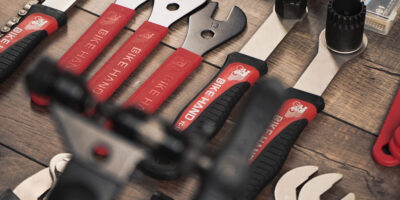The lifespan of a bicycle can vary significantly based on several factors ranging from the type of bike you have, how it’s used, the level of maintenance it receives, and the quality of its components. On average, a well-maintained bike could last between 20 to 30 years when used under normal conditions. However, for those who frequently cycle in harsh environments or fail to maintain their bikes, the lifespan can be much shorter.
Understanding the key aspects that influence the durability of a bicycle is crucial for any cyclist, whether you’re a daily commuter, a weekend warrior, or a competitive racer. Here are the main factors that determine how long your bicycle will last:
1. **Material and Build Quality**: The construction of the bicycle plays a significant role in its longevity. Bikes made from high-quality materials like high-grade steel, aluminum, or carbon fiber tend to last longer than those made from cheaper materials. The craftsmanship with which the bike is assembled also affects its durability.
2. **Maintenance**: Regular maintenance is perhaps the most critical factor in extending the life of a bicycle. This includes routine checks and adjustments of the brakes, gears, and bearings, as well as regular cleaning and lubrication of the chain. Neglecting these basics can lead to premature wear and tear.
3. **Usage**: How often and how hard a bike is used will also impact its lifespan. Bikes used for daily commuting or for aggressive riding styles like BMX or mountain biking will encounter more stress and potential damage, requiring more frequent maintenance or part replacements.
4. **Storage**: Storing your bike properly when it’s not in use can protect it from the elements that might degrade its components. Keeping a bike in a dry, sheltered place can prevent rust and corrosion, which can significantly extend its usable life.
5. **Riding Conditions**: Riding in harsh conditions such as wet, muddy, or sandy environments can accelerate the wear and tear on a bike. Regular riders in these conditions should pay extra attention to cleaning and maintenance.
6. **Component Quality**: The quality of each component on your bicycle also affects how long it will last. High-quality components like derailleurs, shifters, and wheels can endure more wear and withstand harsh conditions better than lower-quality alternatives.
7. **Replacement of Parts**: Bicycles are modular, meaning most worn-out or broken parts can be replaced. Keeping components such as the chain, tires, and brake pads fresh can extend the overall life of the bike. It’s important to replace these parts before they fail, as worn parts can put additional stress on other components.
8. **Type of Bike**: Different types of bicycles are designed for different uses and thus have varying lifespans. For example, road bikes are generally lighter and might not last as long under rough conditions as compared to heavier-duty mountain bikes or touring bikes designed for durability.
By understanding these factors and actively maintaining your bicycle, you can ensure it remains in good shape for many years. While the initial cost of a high-quality bike and routine maintenance might seem high, the extended lifespan and improved performance typically provide better long-term value. Remember, the longevity of a bicycle is largely contingent upon the care it receives. Regular maintenance, coupled with safe storage and handling, can help maximize the lifespan of your bike, making it a reliable companion for your cycling adventures for years to come.

Leave a Reply